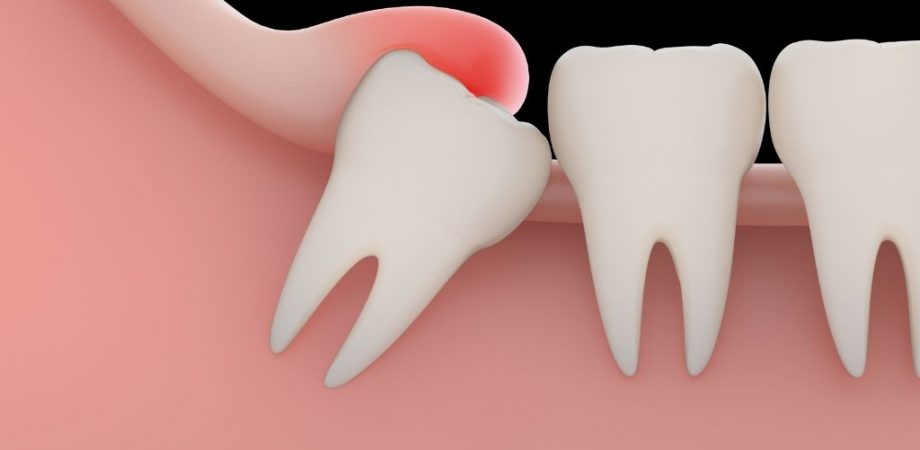Dental implant healing stages include osseointegration and gum healing after implant placement. During osseointegration, the implant fuses with the jawbone, while gum healing allows for tissue integration and proper function of the implant.
Dental implant healing is a crucial process that ensures the long-term success of the implant by promoting stability and durability. Understanding the different stages of healing is important for patients undergoing dental implant treatment, as it allows them to have realistic expectations and follow the necessary post-operative care instructions.
We will explore the various dental implant healing stages and provide insights into what patients can expect during each phase.
Understanding The Recovery Process
Understanding the recovery process after dental implant surgery is crucial for successful healing. The timeline of dental implant healing stages may vary from person to person. Following post-op instructions is of utmost importance to ensure a smooth recovery. Pain and discomfort management during this period is also essential.
It is advisable to follow these guidelines to ensure a quick and comfortable healing process. By taking care of your oral hygiene and avoiding strenuous activities, you can minimize the risk of complications. Regular check-ups with your dentist are vital to monitor the progress and make any necessary adjustments.
Proper healing will allow you to enjoy the benefits of dental implants for a lifetime.
Stage 1: Immediate Post-Op Healing
After undergoing dental implant surgery, the immediate post-operative stage is crucial for healing. Right after the procedure, it’s normal to experience swelling and bruising, as the body reacts to the surgical intervention. To minimize these effects, it’s recommended to apply ice packs to the affected area for short periods.
Additionally, taking prescribed pain medication and following a soft food diet can aid in a smooth recovery. Caring for the surgical site is essential to promote healing. This involves maintaining good oral hygiene by gently brushing and flossing while avoiding the surgical area to prevent any complications.
It is important to follow all the post-operative instructions provided by your dentist or oral surgeon to ensure a successful healing process. By taking proper care during the immediate post-op stage, you can pave the way for a healthy and long-lasting dental implant.
Stage 2: Osseointegration Phase
During the second stage of the dental implant healing process, known as osseointegration, the bone fuses with the implant. This ensures a secure and stable foundation for the artificial tooth. To promote osseointegration, it is important to follow certain dietary recommendations.
Include foods that are rich in calcium, such as dairy products, leafy greens, and nuts, as they support bone health. Additionally, foods high in vitamin D, like fatty fish and fortified cereals, aid in calcium absorption. Avoid chewing on hard or sticky foods that could disrupt the healing process.
Proper oral hygiene practices also play a crucial role in supporting healing during this stage. Brush gently around the implant site, using a soft-bristled brush, and be sure to floss regularly. Following these guidelines will enhance the osseointegration phase of your dental implant healing journey.
Stage 3: Prosthetic Placement And Final Healing
Stage 3 of the dental implant healing process involves the placement of the prosthetic and final healing. Prior to the placement, thorough preparation is essential. The patient must be ready to adjust to the new implant prosthesis, which may take some time.
It is crucial to remember that long-term care is necessary to maintain optimal oral health. Regular check-ups and proper oral hygiene practices are key. Following these guidelines will help ensure the success of the dental implant and extend its lifespan.
By taking the necessary steps and investing in long-term care, patients can enjoy the benefits of a fully functional and aesthetically pleasing smile for years to come.
Maintaining A Healthy Diet For Healing
Dental implant healing stages require maintaining a healthy diet for optimal recovery. Nutritional guidelines play a crucial role in promoting healing. Adequate intake of nutrients is vital during the healing process. Certain foods should be avoided to ensure a successful recovery.
Additionally, hydration is of utmost importance to support the healing process. Following these guidelines will aid in achieving a smooth and efficient healing journey for dental implants.
Proper Oral Hygiene During Healing
Proper oral hygiene is crucial during the healing stages of dental implant placement. When brushing and flossing, use gentle techniques to prevent any damage or irritation to the implant area. Consider using an antimicrobial mouthwash as part of your oral care routine to maintain overall oral health and reduce the risk of infection.
Regular visits to your dentist for check-ups are essential to ensure proper healing and address any concerns or complications that may arise. By following these guidelines, you can promote effective healing of your dental implant and maintain a healthy smile.
Physical Activity And Recovery
Dental implant healing stages involve balancing rest and activity during recovery. Physical activity plays a significant role in the overall healing process. It is important to understand the impact of exercise on the healing process. During recovery, it is crucial to find the right balance between rest and physical activity.
Listen to your body and pay attention to any discomfort or pain. Take it slow and gradually increase your activity level as you feel more comfortable. Consulting with your dentist or oral surgeon can help determine when it is appropriate to resume your normal physical routine.
By following these guidelines and incorporating physical activity into your recovery, you can support the healing process and optimize your dental implant results.

Credit: burwooddentalcare.com.au
Signs Of Infection: What To Look Out For
During the dental implant healing stages, it’s important to be aware of signs of infection. Recognizing symptoms such as increased pain, swelling, or redness can help prompt timely treatment. Seeking immediate help from your dentist if you suspect an infection is crucial.
This allows for proper diagnosis and necessary intervention to prevent further complications. Taking preventive measures to avoid infection throughout the healing period is also essential. Maintaining good oral hygiene, following post-surgery instructions, and attending regular check-ups can significantly reduce the risk of infection.
By staying vigilant and proactive, you can ensure a smooth and successful healing process for your dental implant.
Dealing With Pain And Discomfort
Dental implant healing stages can come with pain and discomfort, but there are ways to manage it effectively. Medications can be prescribed by your oral surgeon to alleviate post-operative pain. In addition, there are natural remedies that can help relieve discomfort during the healing process.
These may include rinsing with warm saltwater or applying a cold compress to the affected area. It’s important to know when to reach out to your oral surgeon if pain persists or worsens. They will be able to provide guidance and ensure proper healing.
Remember, managing pain and discomfort is crucial for a successful dental implant recovery.
Potential Complications And How To Handle Them
Dental implant healing is a crucial process that entails different stages. In some cases, complications may arise, but they can typically be handled effectively. Dental implant failure can occur due to various causes, but there are several solutions available to address this issue.
Gum recession and bone loss are potential problems that can be prevented with the right measures and oral care routine. Additionally, seeking professional help is essential for resolving any complications that may arise during the healing process. Expert guidance ensures optimal outcomes and helps patients regain their oral health.
Whether it is understanding potential complications or taking preventive measures, professional assistance is vital. The journey to successful dental implant healing involves proactive steps and addressing any challenges that may arise along the way.
Conclusion
Understanding the dental implant healing stages is crucial for anyone considering this procedure. It allows you to have realistic expectations and prepare accordingly. The initial healing stage involves managing any swelling or discomfort, while the osseointegration phase focuses on the integration of the implant into the jawbone.
This process can take several months, but it is essential for long-term success. Finally, the restoration phase involves placing the crown or bridge on the implant, completing the process. Throughout these stages, it is important to maintain good oral hygiene and follow your dentist’s instructions for optimal healing.
Dental implants offer a permanent solution for missing teeth, providing improved functionality, aesthetics, and overall quality of life. By understanding the healing stages, you can make informed decisions and achieve the best possible outcome for your oral health.










Leave a Reply
You must be logged in to post a comment.